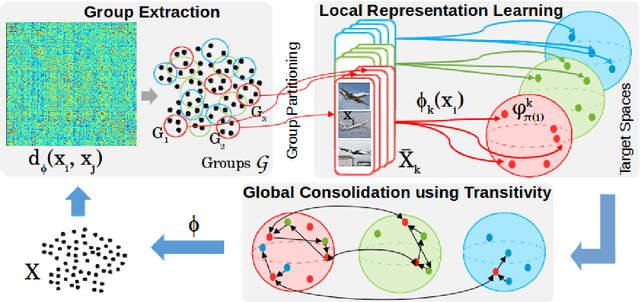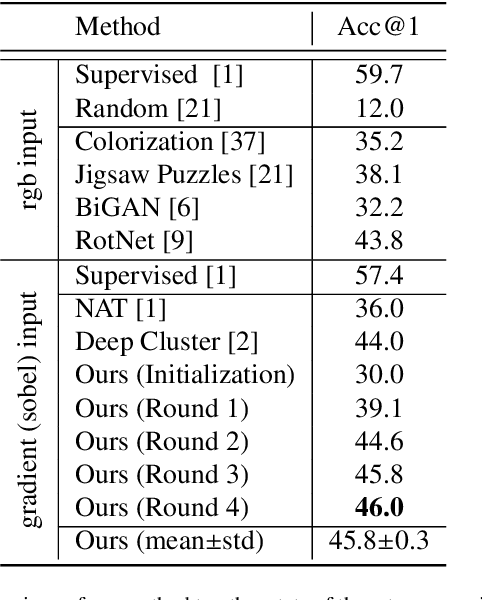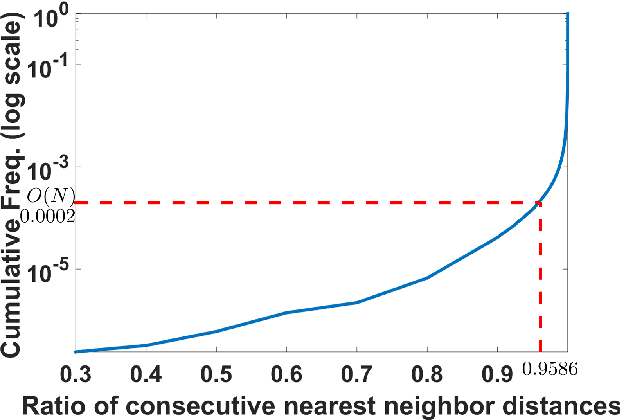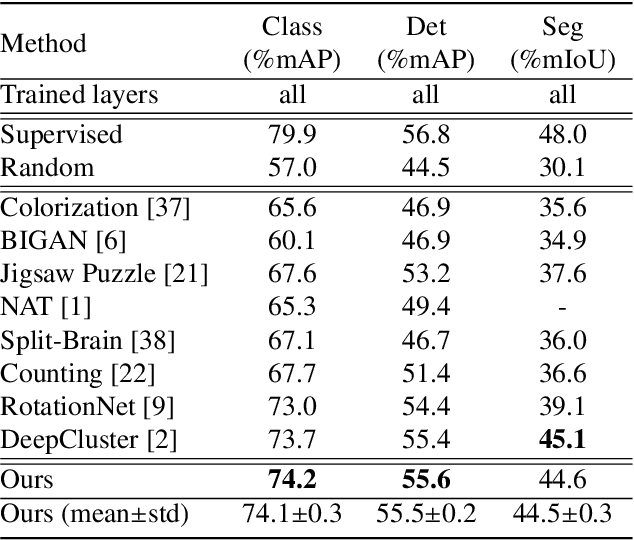Unsupervised Representation Learning by Discovering Reliable Image Relations
Paper and Code
Nov 18, 2019



Learning robust representations that allow to reliably establish relations between images is of paramount importance for virtually all of computer vision. Annotating the quadratic number of pairwise relations between training images is simply not feasible, while unsupervised inference is prone to noise, thus leaving the vast majority of these relations to be unreliable. To nevertheless find those relations which can be reliably utilized for learning, we follow a divide-and-conquer strategy: We find reliable similarities by extracting compact groups of images and reliable dissimilarities by partitioning these groups into subsets, converting the complicated overall problem into few reliable local subproblems. For each of the subsets we obtain a representation by learning a mapping to a target feature space so that their reliable relations are kept. Transitivity relations between the subsets are then exploited to consolidate the local solutions into a concerted global representation. While iterating between grouping, partitioning, and learning, we can successively use more and more reliable relations which, in turn, improves our image representation. In experiments, our approach shows state-of-the-art performance on unsupervised classification on ImageNet with 46.0% and competes favorably on different transfer learning tasks on PASCAL VOC.
 Add to Chrome
Add to Chrome Add to Firefox
Add to Firefox Add to Edge
Add to Edge